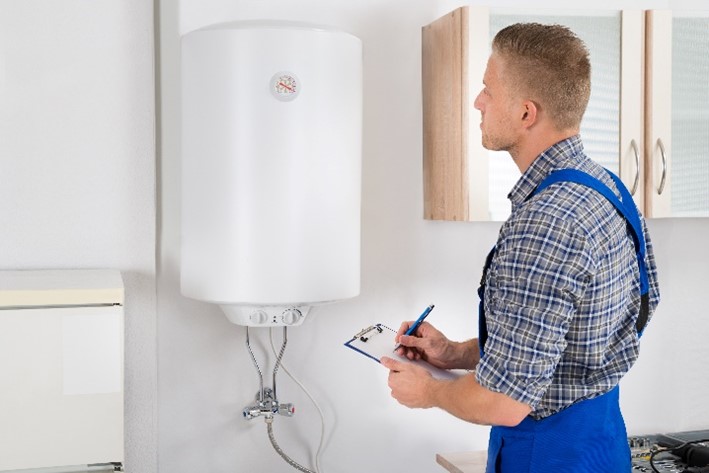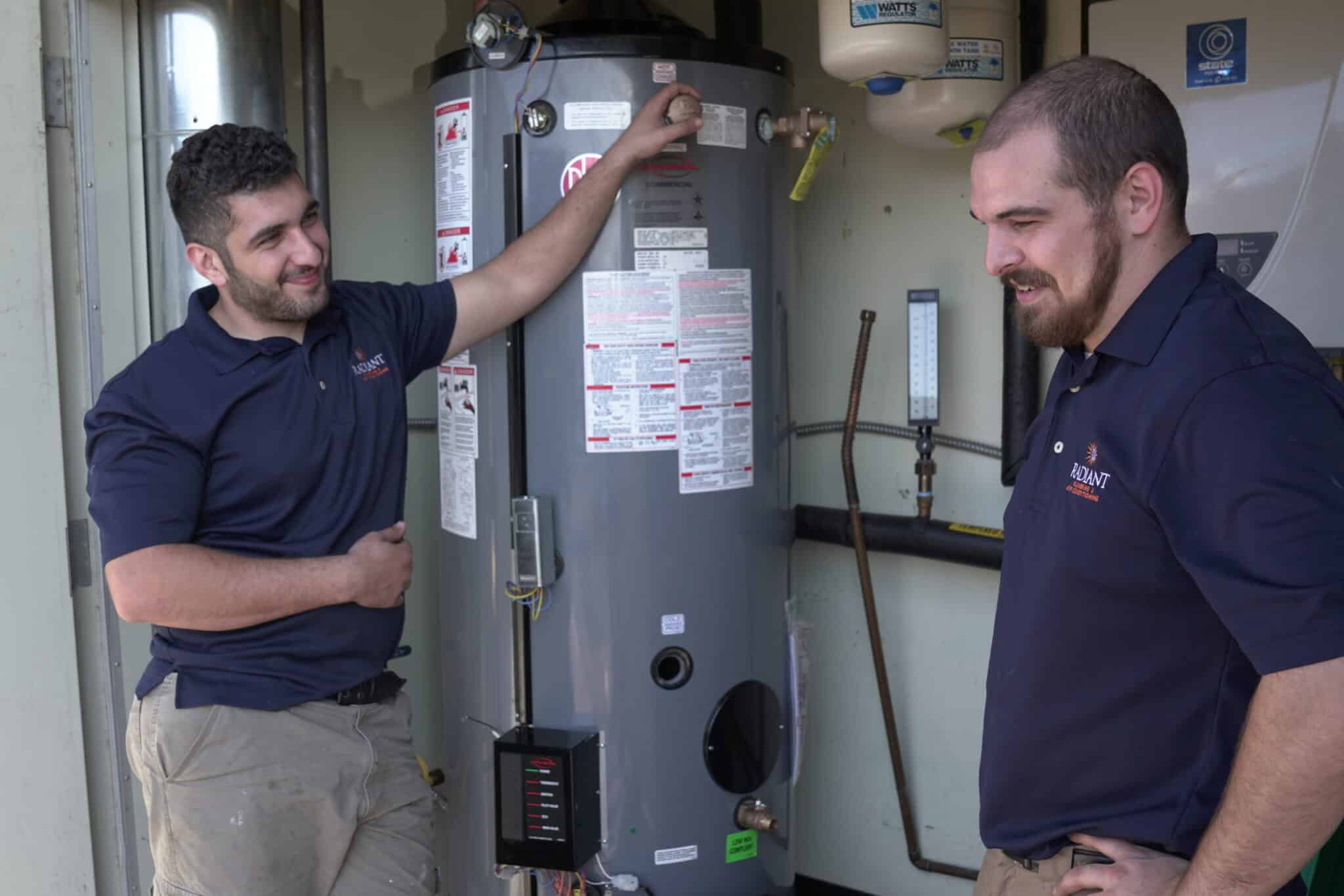Key Advice on Maintaining Your Home's Hot Water System
Key Advice on Maintaining Your Home's Hot Water System
Blog Article
What're your opinions about Tips For Maintaining Your Hot Water Heater?

Hot water is important for daily convenience, whether it's for a refreshing shower or cleaning meals. To ensure your warm water system runs efficiently and lasts much longer, regular maintenance is vital. This post provides functional tips and understandings on just how to maintain your home's warm water system to stay clear of interruptions and costly fixings.
Introduction
Preserving your home's warm water system might seem complicated, yet with a couple of easy steps, you can ensure it runs efficiently for many years ahead. This guide covers whatever from understanding your warm water system to DIY upkeep pointers and recognizing when to hire expert help.
Significance of Preserving Your Hot Water System
Normal upkeep not only expands the life expectancy of your hot water system but additionally ensures it runs effectively. Overlooking upkeep can lead to decreased performance, higher energy costs, and even early failing of the system.
Indicators Your Hot Water System Demands Maintenance
Understanding when your warm water system needs focus can avoid major problems. Look out for indicators such as inconsistent water temperature level, unusual sounds from the heater, or corroded water.
Flushing the Hot Water Heater
Flushing your hot water heater removes sediment accumulation, improving efficiency and prolonging its life.
Checking and Changing Anode Rods
Anode rods protect against deterioration inside the storage tank. Examining and replacing them when worn out is vital.
Complicated Issues Needing Professional Aid
Instances consist of significant leaks, electric troubles, or if your hot water heater is continually underperforming.
Regular Expert Maintenance Benefits
Expert maintenance can include thorough inspections, tune-ups, and making certain compliance with safety standards.
Evaluating and Changing Temperature Settings
Readjusting the temperature setups guarantees optimum performance and safety and security.
DIY Tips for Upkeep
You can do numerous upkeep tasks yourself to maintain your hot water system in leading problem.
Checking for Leaks
Consistently check pipelines and connections for leaks, as these can lead to water damage and greater expenses.
Comprehending Your Warm Water System
Before diving into upkeep tasks, it's handy to comprehend the fundamental components of your warm water system. Commonly, this consists of the water heater itself, pipelines, anode rods, and temperature controls.
Month-to-month Maintenance Tasks
Routine month-to-month checks can aid catch minor concerns prior to they escalate.
Evaluating Pressure Alleviation Valves
Checking the stress safety valve ensures it functions correctly and avoids extreme pressure accumulation.
Protecting Pipes
Protecting hot water pipes decreases heat loss and can save energy.
When to Call a Specialist
While DIY upkeep is helpful, some concerns need specialist experience.
Verdict
Regular upkeep of your home's warm water system is vital for performance, long life, and expense financial savings. By following these pointers and recognizing when to seek expert aid, you can make certain a reliable supply of warm water without unexpected disturbances.
Water Heater Maintenance: The Basics
Maintaining your water heater will ensure it operates efficiently and has a longer lifespan. Neglecting regular maintenance can lead to costly repairs and an even bigger chunk of your savings if you have to replace it sooner than necessary. But there’s good news: Most water heater maintenance tasks are relatively simple and easy for homeowners with basic DIY skills.
Flush the Water Heater
Over time, sediment and minerals can build up in the tank, reducing its efficiency and potentially causing damage. To flush the tank, turn off the power or gas supply, attach a hose to the drain valve near the bottom and open the valve to drain the water until it runs clear. Ideally, flush the tank annually.
Replace the Anode Rod
The anode rod is a sacrificial metal rod that helps prevent corrosion inside the tank. Inspect and replace it every three to five years or per the manufacturer's recommendation. To replace the anode rod, turn off the power or gas supply, drain a few gallons of water from the tank, unscrew the old rod and replace it with a new one. If the anode rod is significantly corroded or covered in calcium buildup, it's a sign the water heater may need to be replaced soon.
Tune-Up
A yearly tune-up can help identify potential issues and ensure your water heater operates at peak efficiency. This typically involves checking the thermostat, burner assembly (for gas heaters) and any other components specified by the manufacturer. During a tune-up, the technician may also clean the burner and adjust the pilot light (for gas heaters) or examine the heating elements (for electric heaters).
How to Maintain Your Water Heater
Insulate the tank. Insulating the tank can improve energy efficiency and reduce heat loss, saving you money on energy bills. You can purchase precut insulation blankets designed specifically for water heaters or use standard fiberglass insulation wrapped securely around the tank. Check the temperature. The recommended water temperature for most households is around 120 degrees Fahrenheit (49 degrees Celsius). Higher temperatures can increase energy costs and potentially cause scalding. Use a kitchen thermometer to check the temperature at the faucet nearest the water heater. Monitor water pressure. Excessive water pressure can strain the water heater and cause leaks or even tank failure. Install a pressure-reducing valve if necessary. The ideal water pressure range is between 60 and 70 PSI (pounds per square inch). Test the temperature and pressure (T&P) relief valve. The T&P relief valve is a safety feature that releases pressure if the tank gets too hot or the pressure builds up too high. Test it annually by lifting the lever and allowing a small amount of water to release. Replace the valve if it doesn't release water or reseal properly. Check for leaks. Regularly inspect the tank, pipes and fittings for leaks or corrosion. Deal with issues promptly to prevent further damage. Even a small leak can lead to significant water damage over time. Consider a tankless water heater. If your traditional tank-style water heater is nearing the end of its lifespan ( typically 10 years), consider replacing it with a tankless water heater. These units heat water on demand, reducing standby energy losses and potentially saving you money on your energy bills. Schedule professional maintenance. While homeowners can perform many water heater maintenance tasks, it's still a good idea to schedule professional maintenance every few years. A plumber or HVAC technician can thoroughly inspect the unit, identify potential issues and ensure it operates safely and efficiently. https://www.homeserve.com/en-us/blog/home-improvement/hot-water-heater-maintanence/

We hope you liked our part on How to Maintain a Hot Water Heater in a Few Simple Steps. Thanks a lot for spending some time to read our content. Enjoyed reading our write-up? Please quickly share it. Let somebody else locate it. Thanks a lot for taking the time to read it.
Details Report this page